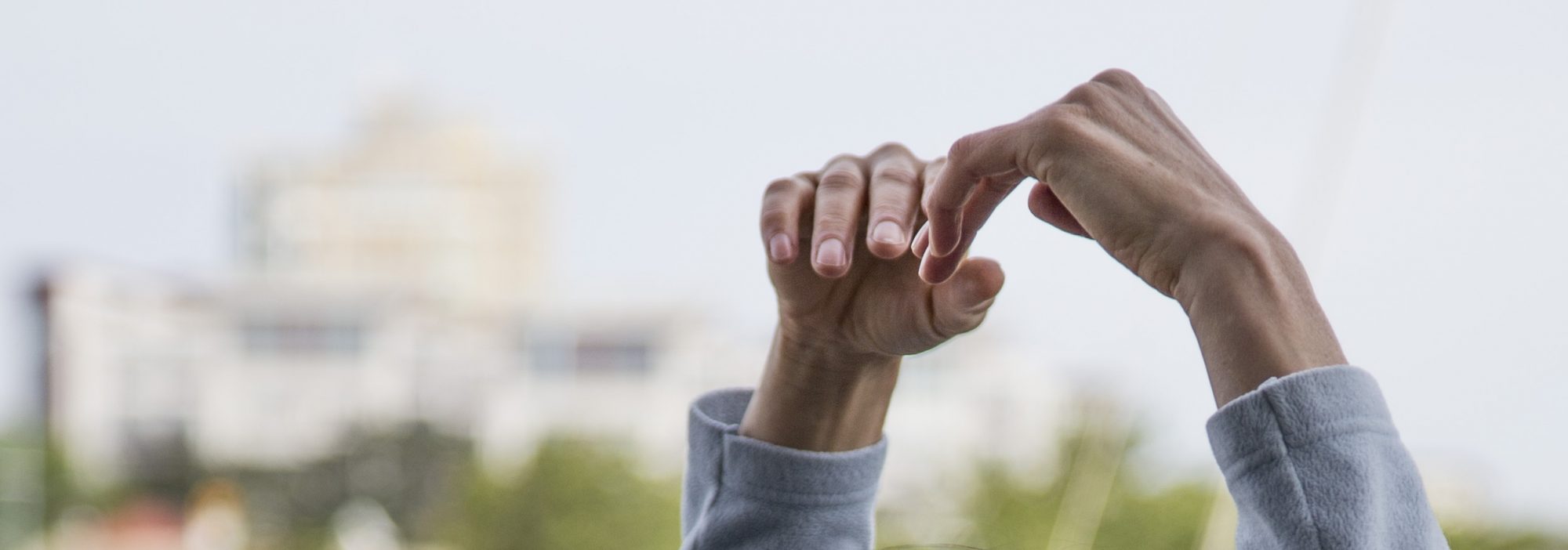I engage in collective movement-making through facilitation of improvisational dance. My teaching is based upon my experience with choreography and the principles of Anne Green Gilbert’s training in Brain-Compatible Dance Education (2006), exemplified in a book by the same name.
I believe one of the best ways for people to grow and develop is by accessing self-empowerment through creativity. Movement is a strength we all possess and can recognize as our own expression when encouraged to do so. People know how to move and I do not have to enact a role as an ‘expert’ teaching them. I experience this vividly working with preschool children who move and share their expression without inhibition. This improvisatory skill is greatly admired from an adult perspective, and is practiced throughout one’s lifetime in a focused manner.
The facilitation of improvisational dance ignites creativity and invites access to a deeper connection with feelings one experiences when facing challenges. According to Damasio (1999) non-verbal, noncognitive, felt knowledge is essential for the “core self” (cited by Smiejsters et al., 2011) and so it follows that
…there is a fictitious situation – the event in the arts – that is able to call up actual core self experiences. There is a middle ground between “in vivo” and “in vitro” (cf. Johnson, 2009). It is precisely this combination that is safe and is consequently able to break down barriers (p. 48).
References
Smeijsters, H., Kil, J. Kurstjens, H., Welten, J. & Willemars, G. (2011). Arts therapies for young offenders in secure care—A practice based research. The Arts in Psychotherapy, 38, 41–51.

